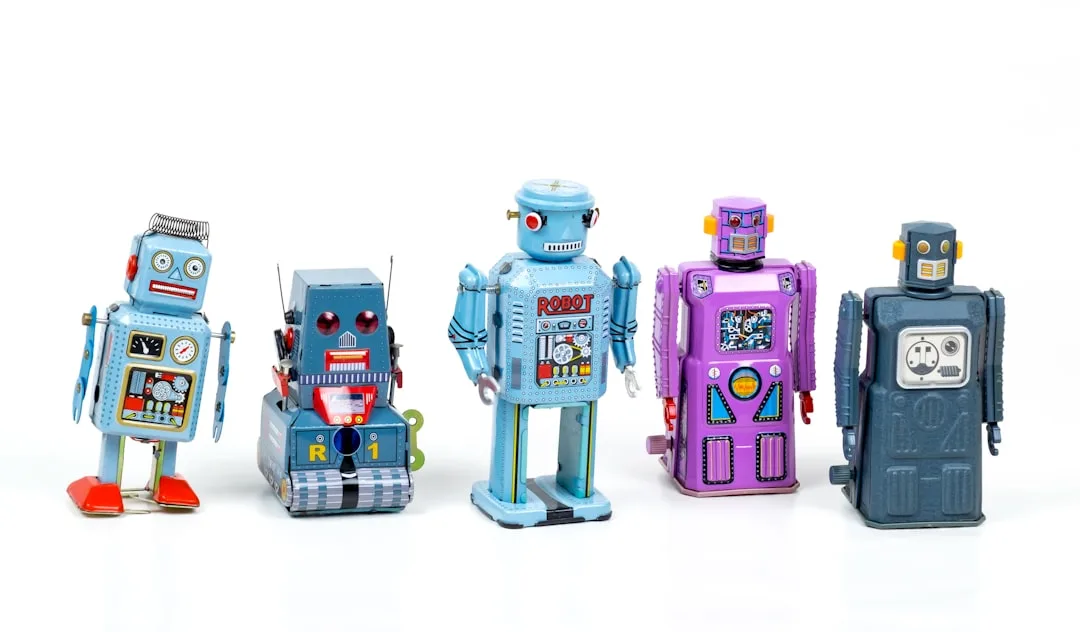
Newsletter Subscribe
Enter your email address below and subscribe to our newsletter

Enter your email address below and subscribe to our newsletter

Boost Productivity with AI Automation: Essential Strategies
In today’s fast-paced digital world, the pressure to do more with less is relentless. Whether you’re a tech professional, automation engineer, or solopreneur, the power of AI automation is a game-changer. It’s not just about keeping up; it’s about staying ahead. This article delves deep into essential strategies to harness AI automation effectively, thus boosting productivity and optimizing workflows.
The global business landscape is evolving rapidly, and the integration of AI automation is no longer optional—it’s essential. Companies across sectors are realizing the profound impact AI can have on operational efficiency. With AI, repetitive tasks are streamlined, decision-making becomes data-driven, and resources are allocated more efficiently. This trend is particularly crucial for solopreneurs and small tech teams who need to maximize output without increasing headcount.
Consider the example of Microsoft’s AI-driven tools, which have propelled businesses into new realms of productivity by automating core processes and providing actionable insights. The integration of AI in tools like Microsoft 365 enables businesses to perform tasks more efficiently, focusing human effort where it’s most impactful.
Combining these tools allows for seamless communication and task automation across different software platforms. For instance, you could use Zapier to trigger an AI model on Google Cloud when a new email arrives in Gmail, automatically processing the email content to derive insights or actions.
Let’s walk through automating a basic task using Zapier and OpenAI’s GPT-3.
While AI automation offers tremendous benefits, it’s not without challenges. One common pitfall is over-reliance on AI, leading to potential errors when AI misinterprets data. Ensuring a human-in-the-loop approach, especially for critical tasks, can mitigate these risks. Additionally, data privacy and security remain paramount, requiring robust measures to protect sensitive information processed by AI systems.
The return on investment (ROI) from AI automation is compelling. Businesses report significant time savings and error reductions, allowing teams to focus on strategic activities. According to Intellias, companies implementing AI-driven automation see up to a 50% increase in productivity and a 70% reduction in operational costs.
A common misconception is that AI will completely replace human jobs. In reality, AI is a tool to augment human capabilities, allowing professionals to focus on more creative and strategic tasks. Embracing AI requires a mindset shift—from viewing it as a threat to seeing it as an ally in productivity enhancement.
Explore the integration of AI in your existing workflows by starting small. Use tools like UiPath for process automation or delve into more complex AI applications with Google Cloud AI. For further insights, check out our article on AI Integration Strategies for Solopreneurs.
AI automation is not just a trend—it’s the future of productivity. By strategically implementing AI tools, you can transform your workflows, drive efficiency, and stay ahead in the competitive tech landscape.